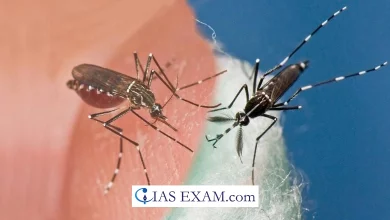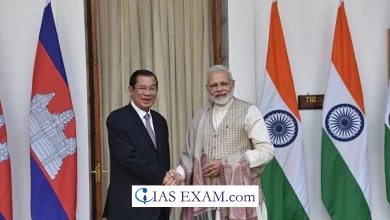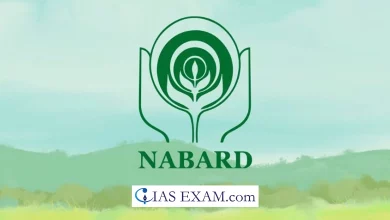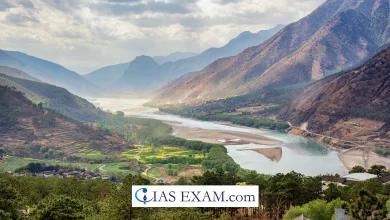Daily Current Affairs for UPSC
Global report on neglected tropical diseases 2023
Syllabus- Government Policies and Interventions [GS Paper-2]
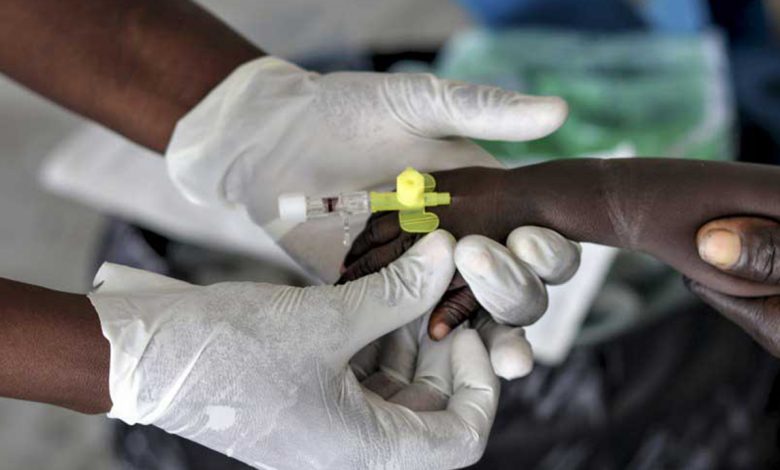
Context – Recently, the “Global report on neglected tropical diseases 2023” was published on World NTD Day on January 30th by WHO.
Key Highlights
Global burden of NTDs:
- As per the report, Neglected Tropical Diseases (NTD) continue to disproportionately impact the most impoverished members of the international community, living in areas with
- inadequate water safety,
- sanitation and
- access to health care.
- About 16 countries accounted for 80 percent of the global NTD burden.
- Globally, around 1.65 billion people were estimated to require treatment for at least one NTD, the report highlighted.
Impact of COVID:
- The report highlighted the advancement and challenges in delivering NTD care worldwide against a backdrop of COVID-19-related disruptions.
- It highlighted the tremendous effects COVID-19 had on community-based initiatives, access to healthcare facilities and healthcare goods supply chains.
- As a result, between 2019 and 2020, 34 percent fewer population received treatment for NTDs.
Accomplishments:
- Despite certain challenges, some accomplishments were made on this front in 2021-2022.
- More than one billion people have been treated for NTDs annually between 2016 and 2019, due to mass treatment initiatives.
- In 2021, 25 percent fewer people needed treatments against NTDs than in 2010.
Need for efforts and investments:
- It underscored huge efforts and investments required to reverse delays and accelerate progress towards the NTD road map targets by 2030.
Report Suggestions
- Collaborations and partnerships:
-
-
- WHO urged multi-sectoral collaboration and partnerships for achieving such targets.
-
- Closing the gaps:
-
-
- WHO also called on additional partners and funders to step up and close the gaps preventing the full-scale implementation of NTD actions at the international and local levels.
-
- WHO’s initiatives:
-
- More than 100 scientific recommendations, tools, and other information products were produced as a result of WHO’s NTD efforts in 2021 and 2022 to support the international NTD community, particularly poor countries.
- The global health body launched an NTD channel with 36 training courses on 19 topics for healthcare professionals.
NTD’s in India
- Neglected tropical diseases (NTDs) continue to pose a significant health burden on some of the most disadvantaged communities in the country.
- India has the world’s largest absolute burden of at least 10 major NTDs, such as hookworm, dengue, lymphatic filariasis, leprosy, visceral leishmaniasis or kala-azar and rabies.
- Lymphatic Filariasis is endemic in 328 districts across 21 states and Union territories.
- Kala-Azar is endemic in 54 districts across four states of India and together, these diseases affect about 650 million and 140 million people in the country, respectively.
- It is also difficult to estimate the actual burden of NTDs in India as there is no single organisation or government agency which has been given this mandate.
Government Initiatives
-
- The Government of India is 100 percent committed to ending NTDs such as Lymphatic Filariasis and Kala-Azar, in line with global elimination and control targets.
- Preventive methods:
-
-
- Preventive methods such as Mass Drug Administration (MDA) rounds are periodically deployed in endemic areas during which anti-filarial medicines are provided free-of-cost to at-risk communities.
-
- Vector-control measures:
-
-
- Vector-control measures such as Indoor Residual Spraying rounds are undertaken in endemic areas to prevent sandfly breeding.
- The government supports morbidity management and disability prevention for those affected by lymphoedema and hydrocele.
-
- Target-oriented elimination:
-
-
- Certain vector-borne diseases (mosquito and sandfly) have been targeted for elimination or prevention by the National Centre for Vector Borne Disease Control and Programme for Leprosy and Soil Transmitted Helminths.
-
- Wage compensation schemes:
-
- State and central governments have introduced wage compensation schemes for those suffering from Kala-Azar and its sequela (a condition which is the consequence of a previous disease or injury) known as Post-Kala Azar Dermal Leishmaniasis.
Way ahead
- It’s a crucial time to act now, act together, and invest in NTDs.
- India is about to emerge as a global leader in the battle against NTDs, but success in this decade will demand bolder action.
- As India stands firm on its commitment to eliminate NTDs, multi-stakeholder and cross-sectoral partnerships and collaboration will continue to play a major role in sustaining the momentum gained.
- An integrated approach for improving access to quality healthcare, water, sanitation, hygiene, addressing climate change and ensuring gender equity, mental health and well-being must lie at the core of eliminating these diverse NTDs.





.png)
